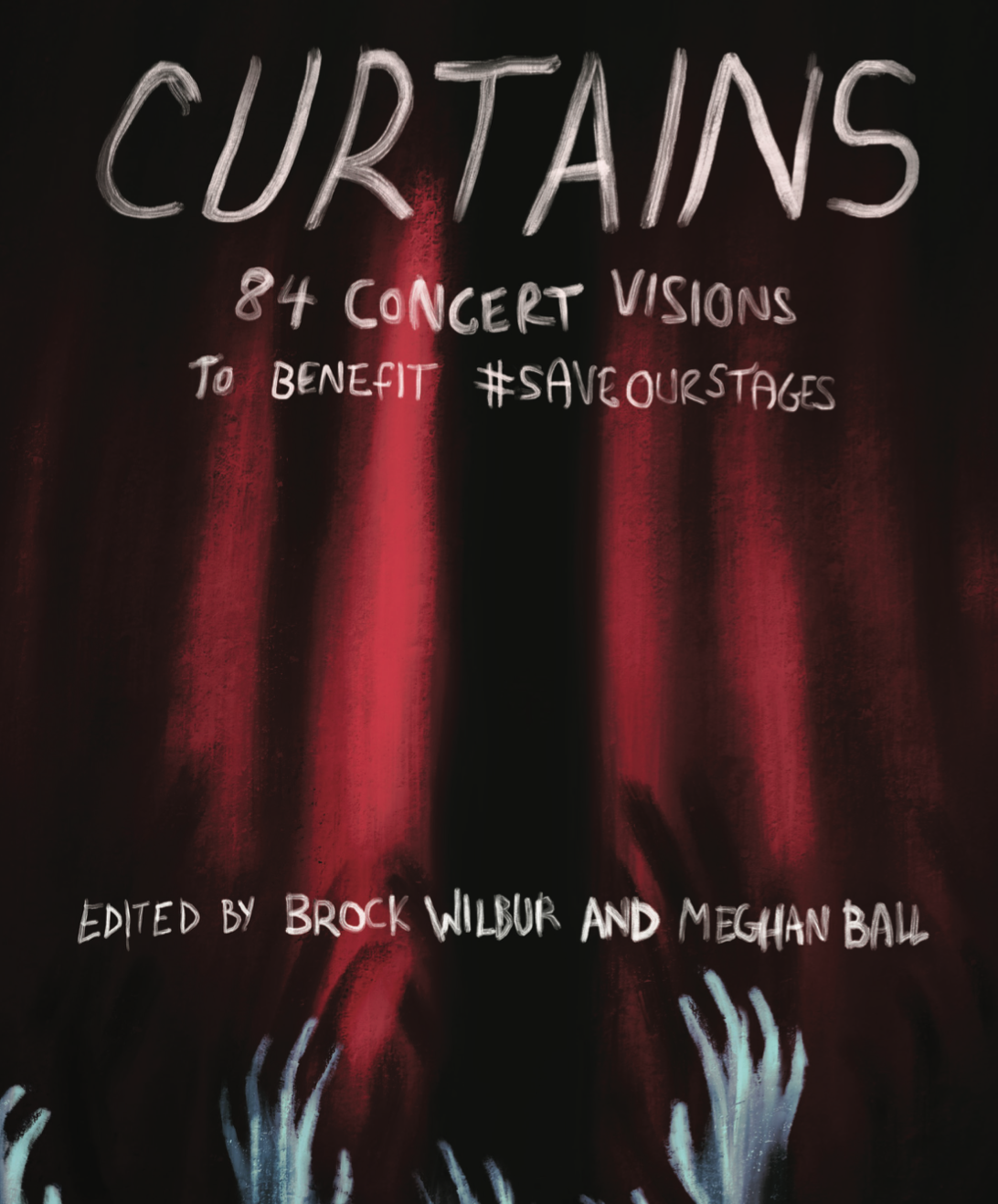
Artwork Graciously Provided by the Incredibe Steven Luna
Part Twenty-Four, or Adieu, Riverside Motel
Hello, adventurers! Today is going to be a bit different than normal, as I am going to just talk a little bit about the motel level as a whole. I would have done it yesterday, but I don’t really feel that it would have been fair to attach another 1,500+ words to an update that was already going above average.
So, the Riverside Motel. While it doesn’t quite reach the thoughtfulness of the theater level in terms of symbolism and meta-story, I think that it still does a really great job at just being a well-designed level. That certainly doesn’t mean that it’s all roses, though.
The biggest misstep in this level is the overall lack of things to do. Exploration tends to yield absolutely nothing of value, yet you are forced to do it because of the existence of key items in random places. This wouldn’t have really been an issue if the rooms that you did have access to were varied and visually engaging. They do get close a couple of times with the ‘theme’ rooms in the normal world—I’m referring to the aborted wedding room, the one with the animal cages, etc.—but they really aren’t common enough to warrant spending any time off the beaten path.
But even outside of the standard run-about-and-shoot gameplay, there are only two significant “puzzles” in this stage: the rotary calendar and the washing machine. Both are puzzles in the absolute basest sense of the term, and both give you the answers directly. I mean, the washing machine at least had the decency to be a cryptogram, but even then they tell you what all the symbols mean. Compared to the lighting puzzle in the theater, this is nothing. You, as the player, don’t really have to do much of anything.
On top of that, it actually appeared there was going to be a puzzle that never materialized: the momento mori photographs. I mean, we’re given a set of photos, each linked to a different way to die. We’re given access to weird theme rooms throughout the motel—how come we were never asked to put two and two together? It seems like such an obvious thing that the developers either lacked the time to implement or didn’t think of… and that’s kind of sad.
Another misstep was the motel being the first and final battle with the Butcher. As I suggested earlier, the Butcher is meant as a stalker-type monster, something that dogs Travis throughout the game. It never actually approaches this level, though, as we never really have an earlier, direct confrontation with the anthropomorphic abomination. Instead, we see it dick around a couple of times, encounter a couple of notes that talk about how totes scary it is, then shoot it to death. Before, during, and afterwards, we’re never really told just what it is or what it’s doing there. Sure, there are suggestions that it could be the costume designer (as I pointed out), but we’re never directly told, are we? So ultimately, the Butcher as a “character” and boss fight are utterly meaningless.
That being said, the level is surprisingly enjoyable. Maybe I’m just a lunatic, but the inevitability of a confrontation with Richard Grady hung over the entire stage, infusing it with a palpable tension. Learning more about Mr. Grady’s descent into depression and suicide-as-solution is simultaneously heartbreaking and horrific, as by now we know Silent Hill’s penchant for perverting trauma into new and monstrous forms. It’s such a refreshing tack for horror to take—instead of focusing on the bloody, it concentrates on our everyday hang ups.
The way that Zerorigins tells this part story, too, is a good example of focusing on the journey itself rather than the destination. We know Richard Grady is dead. We may even have an inkling of how he died. But each note we find, each flashback we experience, adds a little bit more context to the finale. His death isn’t meant as some shocking revelation, but every scrap of narrative we find along the way winds us into knots just a little bit more. By the end, the emotionality of a young Travis walking in on his father doesn’t need a shocking revelation—it’s been built up to be a final, powerful little moment.
Compared, once again, to the shitty asylum storytelling, we have a desperate attempt at concealing information for the sake of a twist-moment that is ultimately unsatisfying. Instead of every note bulking up the context of a situation, every note thinks it’s just oh-so clever by concealing information. The foreshadowing is so heavy-handed that, even if for some reason the player didn’t know that Travis would be connected to Cedar Grove, there’s no narrative weight to the “shocking reveal”.
If I may talk to creators of content for a moment—twists as a narrative crutch/tool are fucking overrated and misused. Work on telling a straight-forward story, then go back and see if you can add some kind of “gotcha” moment if—and only if—it adds something to the work. What do I mean by that? Well, it needs to develop characters, change the nature of the plot, or just do something, anything, other than just make someone go, “Huh. Neat, I guess.”
Anyone see the new Star Trek movie? Into the Same Plot as the Last One or whatever it was called? There’s a scene when Benedict Cumberbatch tells Spock and Kirk that he’s known as “Khan” and it’s supposed to be this big fucking “shit just got real” moment, because he was a villain in the original series/movies. But here’s the thing, friends—that means literally nothing to the characters present. It’s a twist for the sake of having a twist, something the audience will be all “Oh, shit!” if they’re stupid and don’t realize that it literally could have been anyone and meant precisely the same thing. The existence of Khan means something to us watching and precisely zero to everyone else.
Unlike Into a Pointless Space Film, the reveal of Helen-as-Travis’s-mother is supposed to mean something to both player and character. And unlike the film, the characters’ relationship is hinted at so as not to appear out of left-field. But since it’s driven into our skulls over and over again, when it finally happens, any shock is effectively lost. It was just a bad, bad decision to try and make it seem like we were solving a mystery. I mean, the bigger twist would have been that Travis’s mother was still alive—which is entirely a possibility, but WE’RE NEVER FUCKING TOLD ONE WAY OR THE OTHER, ARE WE!?
When Climax Studios got around to embracing their narrative strengths, the world coalesces into something pretty damn fun to explore. Okay, “fun” in the “somber march toward self-destruction”, but still a kind of fun, I suppose. Although it’s a bit much, the storytelling-through-environment is also pretty groovy. The maintenance tunnel with the peepholes is disturbing and never mentioned again. There’s no note about its discovery or a flashback overhearing the staff talking about someone in 501. It’s this creepy little hallway providing a creepy moment.
Riverside Motel also has the one moment with a monster design that is actually nightmarish and familiar enough to make it recognizable on sight. The fuck-monsters that populate the motel do more than just tie themselves to Travis’s primal scene, they also serve to establish that the place is pretty seedy—an upscale no-tell motel, but still a place for quick hookups. The monsters, along with the maintenance tunnel and walking in on Dr. K with Lisa, works to establish a general feeling of uneasiness, moreso than any dirty hospital or asylum could.
Perhaps that’s what actually makes the Artaud Theater and Riverside Motel far more effective than Alchemilla or Cedar Grove. Hospitals and asylums are places that we associate with pain and trauma, whether physical, mental, or both. To see them corrupted in both the real and mirror world isn’t actually as jarring as people probably think. Hospitals already make me nervous—adding a layer of rust and blood to the walls is just unimaginative compared to the surgeries I know are going on in operating rooms. It could also be as I suggested a couple of weeks ago—using an asylum as shorthand for “some fucked up shit has happened, so be creeped out” is lazy. You’re relying on what the place is to do the storytelling, rather than having the story dictate how the place is understood.
On the flip side, motels are supposed to be safe bastions, places people can go and rest or home bases for families on their adventures across the country. A theater, too, is a place where we can escape from life’s little atrocities in favor of the good guys (usually) triumphing over evil. When these places are subverted, it means something.
So, yeah, I actually really like the motel level. Although, this place is also where it became very apparent that the makers of Nullrigins really have it in for women. I already covered it a bit in a previous update, but the trend in this game is to paint women as “the enemy” or, at the very least, unsympathetic. And although Alessa and Lisa would suggest an alternate view, Lisa’s main purpose in the game is to be a signpost directing Travis to the next area upon their first meeting, and then pretty much nothing else for the rest of the game. Oh, outside of her coerced coital encounter with Dr. Kaufmann.
And Alessa… well, Alessa is a different conversation altogether.
So, there you have it. Zerorigins got into its groove about halfway through the game, but it got there. Join me next time for the incredibly exciting episode, Rubik’s Paperweight.
< PREVIOUS ENTRY • NEXT ENTRY >
Advice • Fiction • Gaming • General Musings • Reviews





